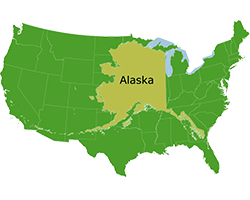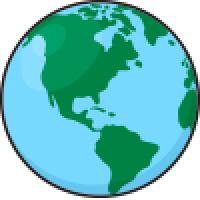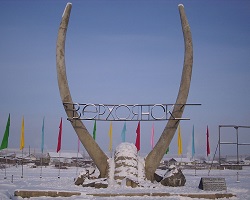Indigenous Peoples in a changing land

soil that remains frozen (below 0˚C/32˚F) for two or more years... more

This set of bits will teach you about one set of categories we use to describe the world around us: biomes.
 Evan Brus
Evan Brus

When you think of the Arctic, you might picture mostly empty ice. But the Arctic ecosystem is home to many organisms, from microscopic bacteria to large animals like whales and polar bears. Much of this life in the Arctic depends on tiny organisms called plankton which make up the base of the food web.
Also in: Español
Nature is never easy to understand, and the tundra proves it. Three types of tundra exist: antarctic, alpine, and arctic. The main difference between these types of tundra is their location on the earth. But they share many characteristics like cold, dry weather, which is why they’re all called Tundra.